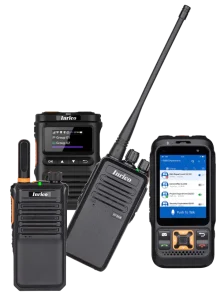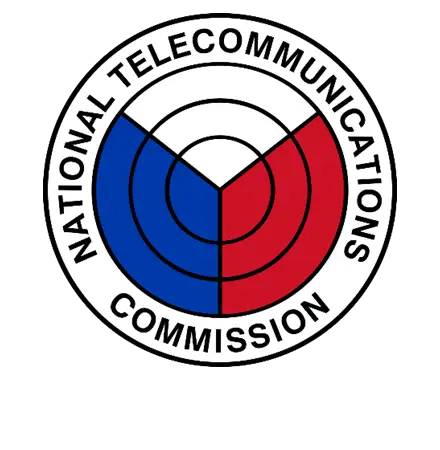
Wide-Area Coverage: PoC radios can operate anywhere there is cellular coverage, making them ideal for businesses with operations spread across large geographic areas.
Scalability: Adding new users to a PoC system is straightforward and doesn't require additional infrastructure, making it easy to scale as your business grows.
Advanced Features: PoC radios often come with modern features such as GPS tracking, text messaging, and integration with smartphone apps, enhancing overall functionality.
Cost-Effective: By leveraging existing cellular infrastructure, PoC radios eliminate the need for expensive radio towers and frequency licenses, resulting in cost savings for organizations without compromising on communication reliability.
No Licensing Required: Since PoC radios use cellular networks, there’s no need for frequency licenses, reducing regulatory burdens and associated costs.
Dependent on Cellular Networks: PoC radios rely on cellular coverage, which can be a limitation in remote or rural areas with poor network availability.
Ongoing Costs: PoC radios typically require monthly service fees for cellular network access, adding to operational expenses.
Reliability: Traditional two-way radios are known for their reliability, especially in environments with limited or no cellular coverage.
Immediate Communication: These radios provide instantaneous communication without any delay, crucial for time-sensitive operations.
No Ongoing Fees: Once purchased, traditional two-way radios have no ongoing service fees, making them cost-effective in the long run.
Limited Range: The communication range of traditional two-way radios is limited by the power of the device and any physical obstructions, often requiring repeaters for extended coverage.
Regulatory Requirements: Using traditional two-way radios typically requires frequency licensing, which can involve additional costs and regulatory compliance.
Basic Features: While reliable, traditional two-way radios often lack the advanced features found in PoC radios, such as GPS tracking and text messaging.
The decision between PoC radios and traditional two-way radios depends on various factors, including your business's specific needs, operational environment, and budget.
Your business operates over a large geographic area or has multiple locations.
You require advanced features such as GPS tracking, text messaging, and integration with other digital tools.
You prefer a solution that can scale easily without significant infrastructure investment.
Your operations are concentrated in a specific area where cellular coverage might be unreliable.
You need a reliable communication solution without ongoing service fees.
Your communication needs are immediate and time-sensitive, requiring instant connectivity without potential delays.
Welcome to WordPress. This is your first post. Edit or delete it, then start writing!

